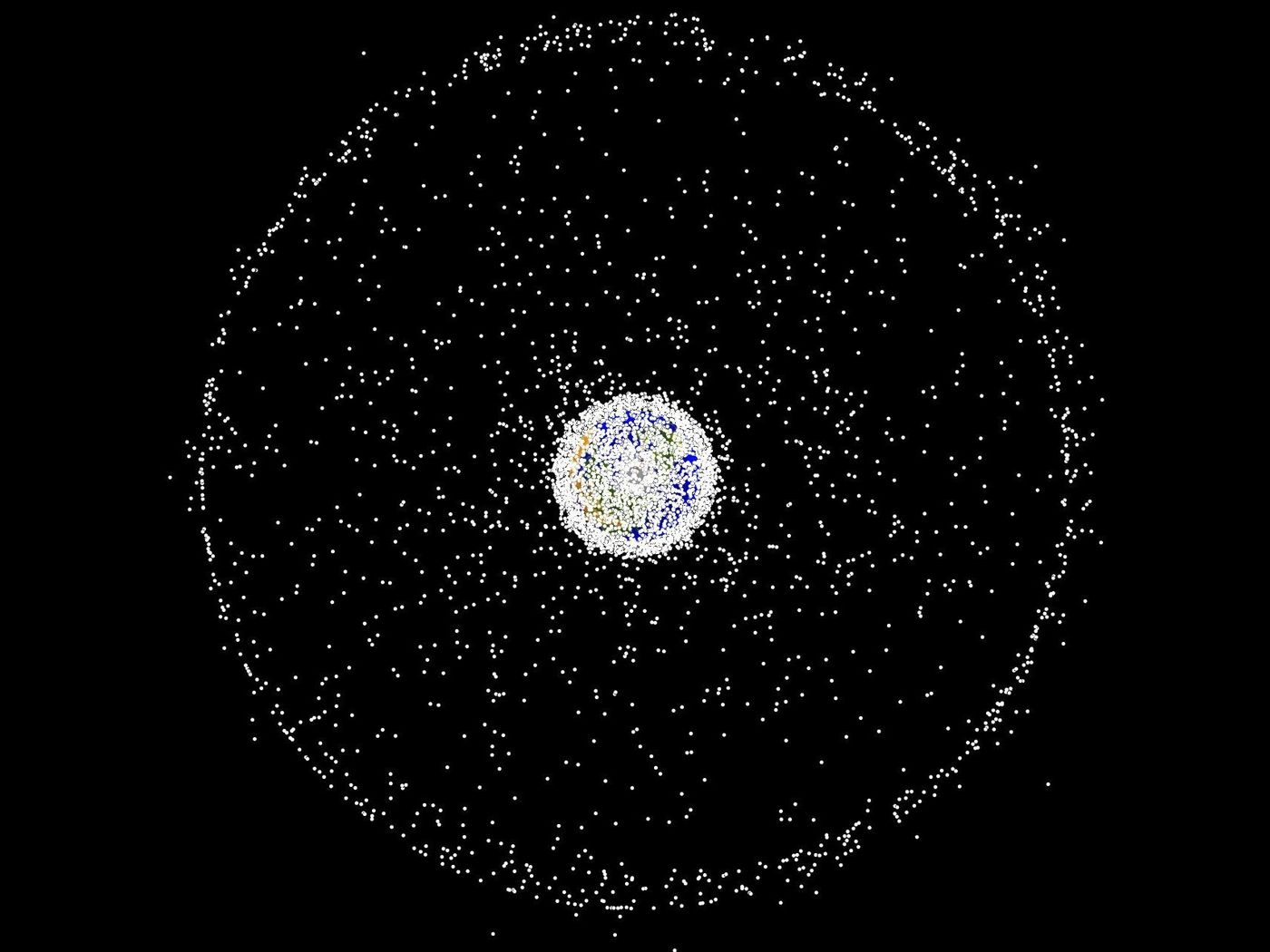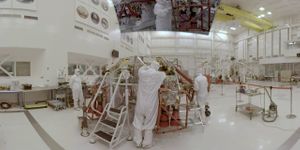International Space Station's Space Debris Sensor Could be a Game-Changer
Comprised of spent rocket boosters, retired satellites, and other unwanted knick-knacks that make their way into outer space, space junk clutters the very same region over our heads that we send our latest rockets and employ astronauts on the International Space Station.
Image Credit: Pixabay
If it wasn’t bad enough that space junk litters most of Earth’s orbital altitudes, then consider the domino effect that ensues after two more massive objects slam into one another and produce heaps of smaller space debris.
Related: The International Space Station has orbited the Earth more than 100,000 times
NASA can track much of the more substantial space junk pieces and enact evasive maneuvers when necessary, but the same can’t be said for smaller space debris.
Many of these bits measure a mere millimeter or less across and easily evade detection. Furthermore, they whip through space at break-neck speeds and multiply exponentially. Given enough time, the swirling mess of space debris could transform into a hazardous environment akin to 'no man's land.'
Space debris of this nature regularly bombard the International Space Station, and that’s part of what makes spacewalks so dangerous. As we saw just last year, a 7-millimeter piece of space debris packed enough of a punch to crack the quadruple-layered Cupola window on the International Space Station, so it’s mind-boggling to think about what a tiny 1-millimeter chunk could do.
Related: Japan's attempt to clean up space junk proves unsuccessful
So just how frequent are these space debris collisions? We don’t really know yet, but we do know that many of them go undetected because most space debris slam into metal surfaces rather than glass as we saw with the Cupola window.
To learn more about them, NASA recently attached a new sensor to the International Space Station’s exterior called the Space Debris Sensor (SDS). Specially-calibrated right here on Earth, the SDS will detect even the slightest collisions over the next few years and help scientists collect data for analysis.
The information SDS gathers could help us discern a variety of things, including:
- The frequency of collisions
- How big the debris are upon impact
- The speed at which the space debris travel
- Which direction the space debris came from
- And more…
When everything is officially said and done, the research could help NASA make the International Space Station even safer for astronauts on the job. Furthermore, it could help scientists discover new ways to clean our stellar neighborhood of unwanted space junk.
Related: ISS-CREAM studies cosmic rays from the International Space Station
It should be interesting to see how the SDS might revolutionize humankind’s use of outer space.
Source: Universe Today









